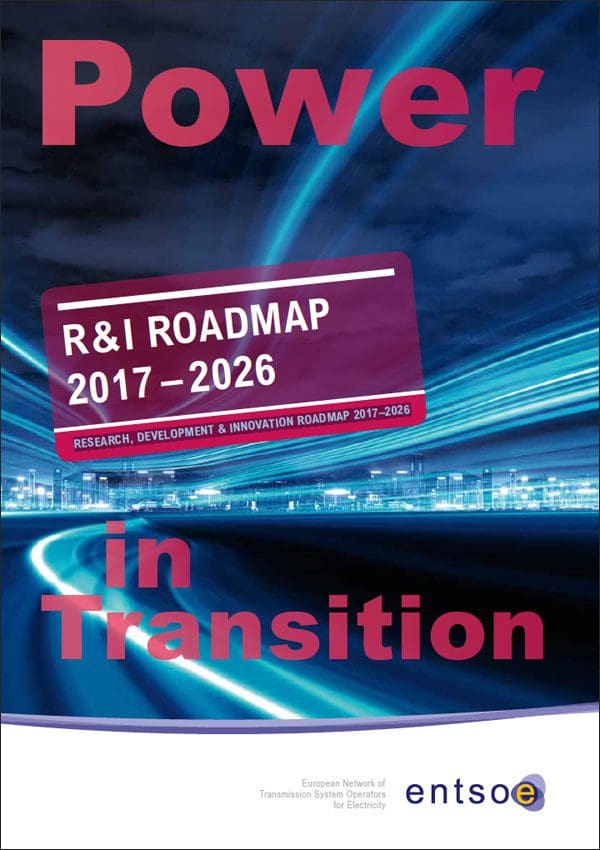The Energy Union Strategy aims at increasing the use of variable RES in the energy mix, empowering customers and putting households and businesses consumers at the heart of the European energy market. New technologies are developed, and the aim of R&I activities proposed in this Roadmap are an answer to these challenges by making use of new technologies and solutions.

Fig.: Energy Union Focus
The active consumer (and prosumer) will need smart grids integrating smart meters, highly developed home automation systems and appliances that enable demand response, portfolio management and load optimisation. Big Data management, the Internet of Things, post-processing and security of data are required not only for inter-TSO cooperation but also for the empowerment of consumers.
At the same time, the power system must be secure and safe through better controllability, which requires more observability. Therefore, system operation must take into account the volatility of demand, and the risks to system security due to this. On the other hand, the customer will be involved in demand response. This will require innovative solutions such as automation of the system operation, sub-station digitalisation, and the use of optical or nanotechnologies etc.
Furthermore, a stronger interface between the distribution and transmission, between wholesale and retail markets needs to be enhanced.
Electricity grids must also be prepared to create synergies with other energy networks (gas, heat) and to adopt the transition towards sustainable transport through the deployment of electric vehicles, which requires the evolution of the battery sector and creation of efficient charging station networks.
All these elements suggest adopting a top-down approach to R&I activities. This approach has to be harmonised, as the present TSO initiatives are more oriented to short-term objectives (a bottom-up approach).
The priorities for R&I are driven both by energy/climate policies and power system overall trends on one side, and by shorter-term TSOs’ needs, which fit with national R&I programs on the other side. Therefore, a balanced integration of top-down and bottom-up approaches is utilised for the prioritisation process.





